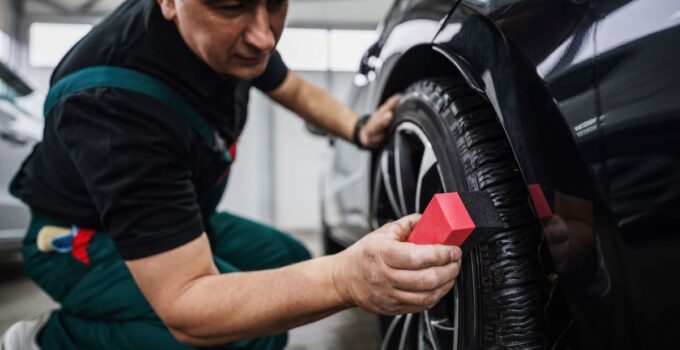Tires are a significant investment, but with proper care, you can extend their life and save money in the long run. On smooth highways or rough terrain, following these tips will help you get the most out of your tires.
1. Check Tire Pressure Regularly
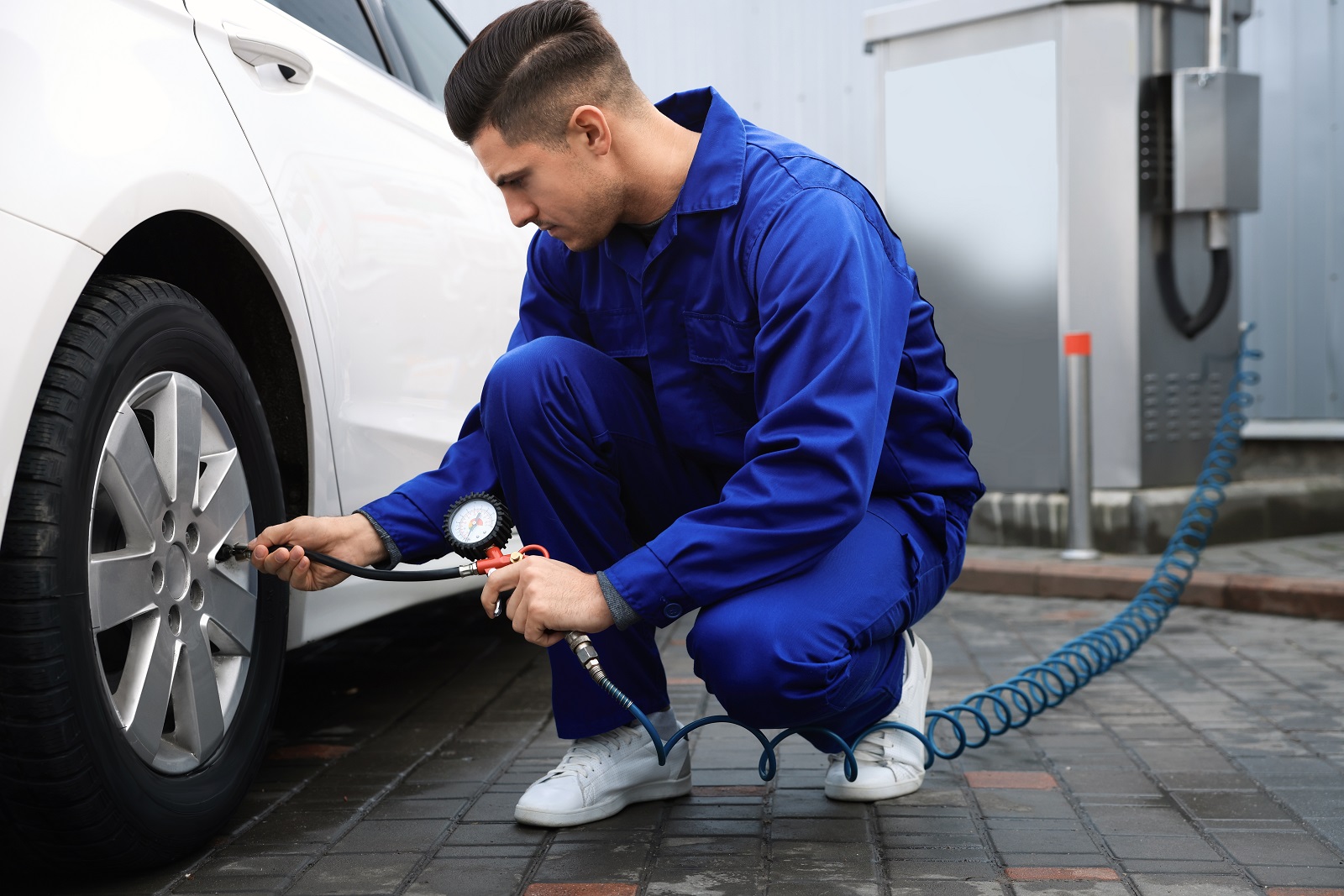
Image Credit: Shutterstock / New Africa
Maintaining the correct tire pressure is crucial for extending tire life. Underinflated tires wear out faster and increase fuel consumption. According to the National Highway Traffic Safety Administration (NHTSA), keeping tires properly inflated can extend their lifespan by up to 4,700 miles. Check your tire pressure at least once a month and before long trips.
2. Rotate Your Tires
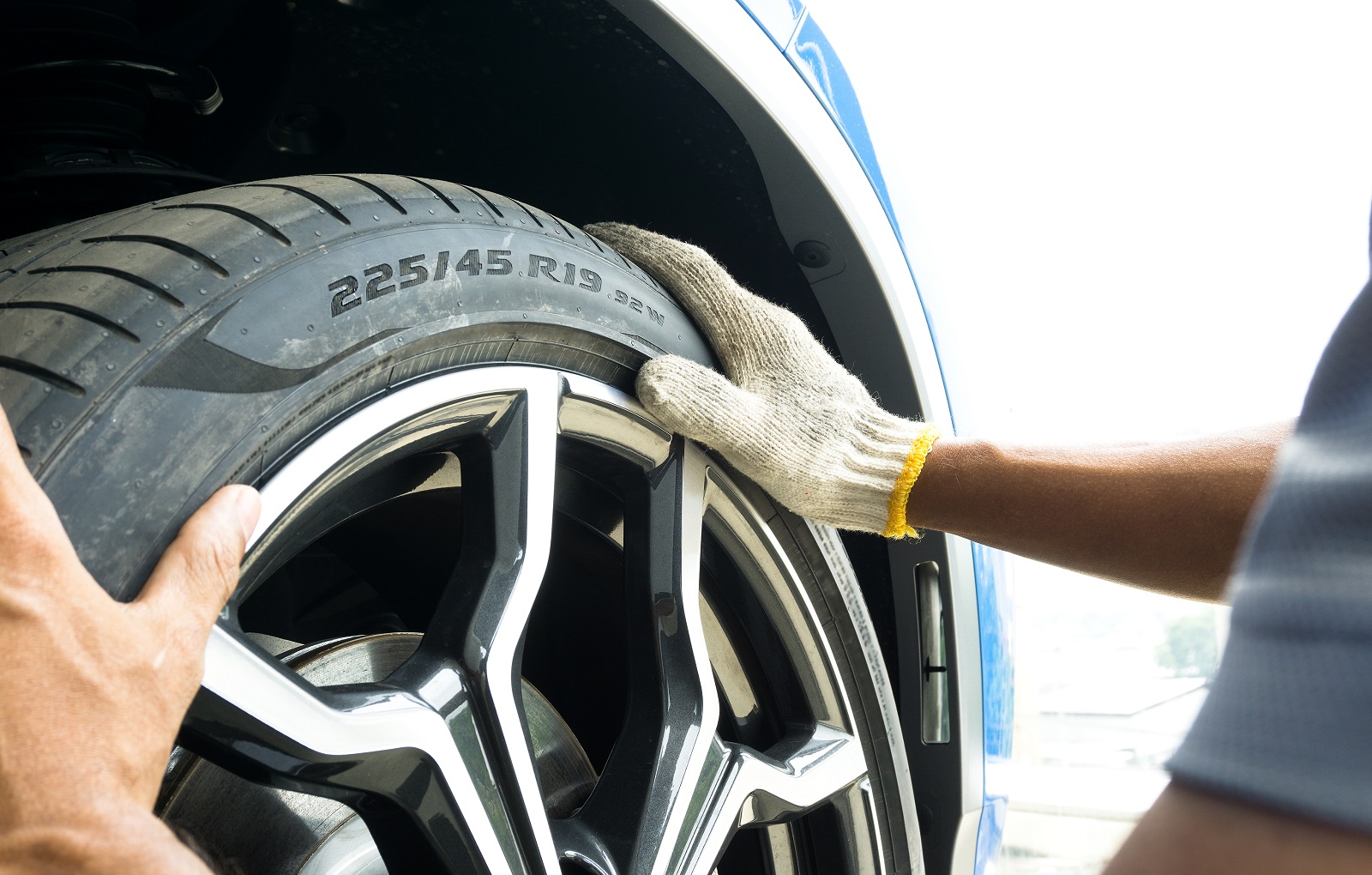
Image Credit: Shutterstock / Smile Fight
Rotating your tires helps ensure even wear, which prolongs their life. The Tire Industry Association recommends rotating tires every 5,000 to 7,500 miles. Regular rotations are especially important if you drive on uneven terrain, as different tires may wear unevenly depending on road conditions.
3. Balance Your Tires
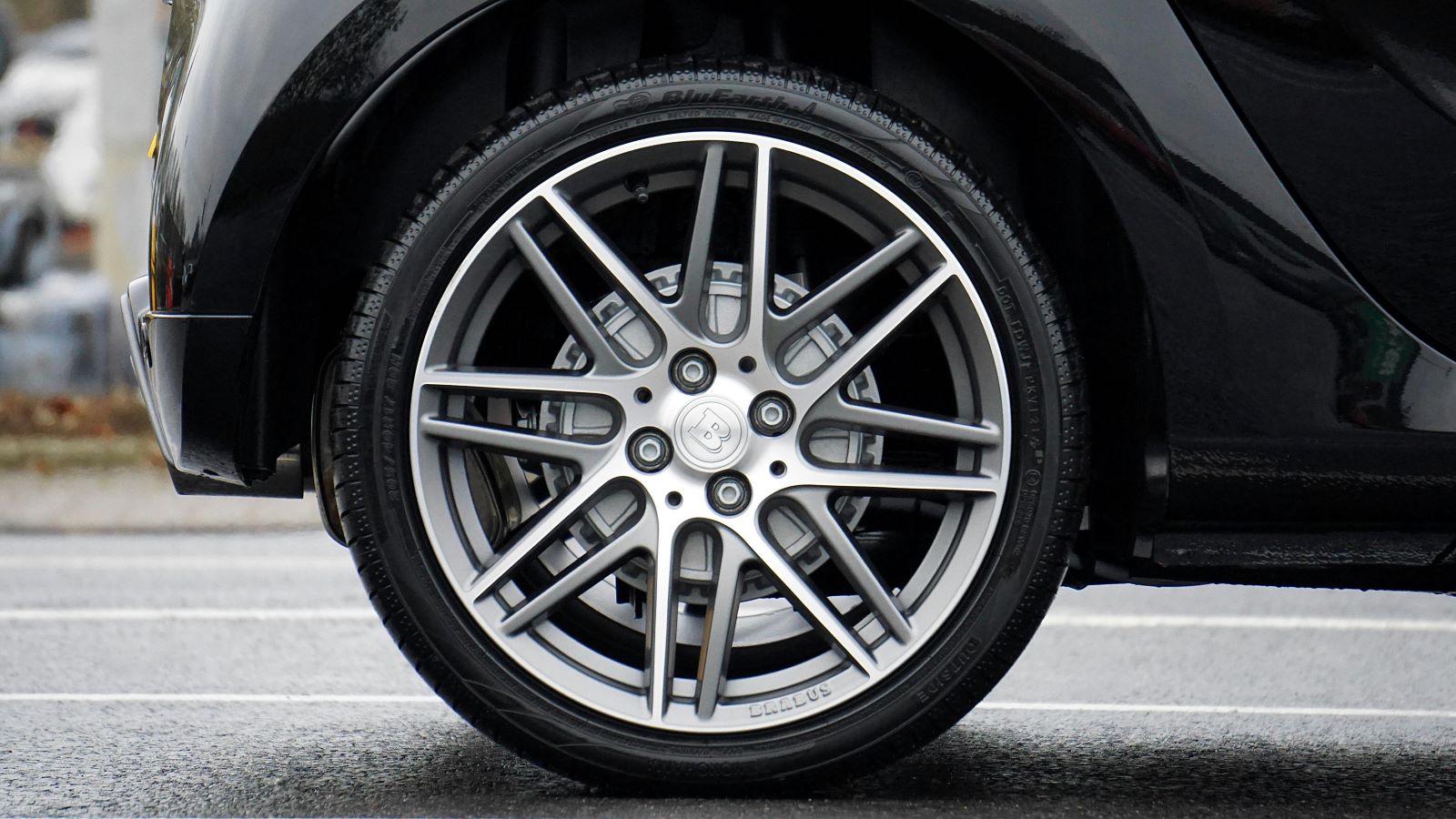
Image Credit: Pexels / Mike Bird
Tire balancing prevents uneven wear and extends tire life. An imbalanced tire can cause vibrations and lead to premature wear on both the tires and suspension components. Have your tires balanced when they are installed, and recheck the balance if you notice vibration at higher speeds.
4. Align Your Wheels
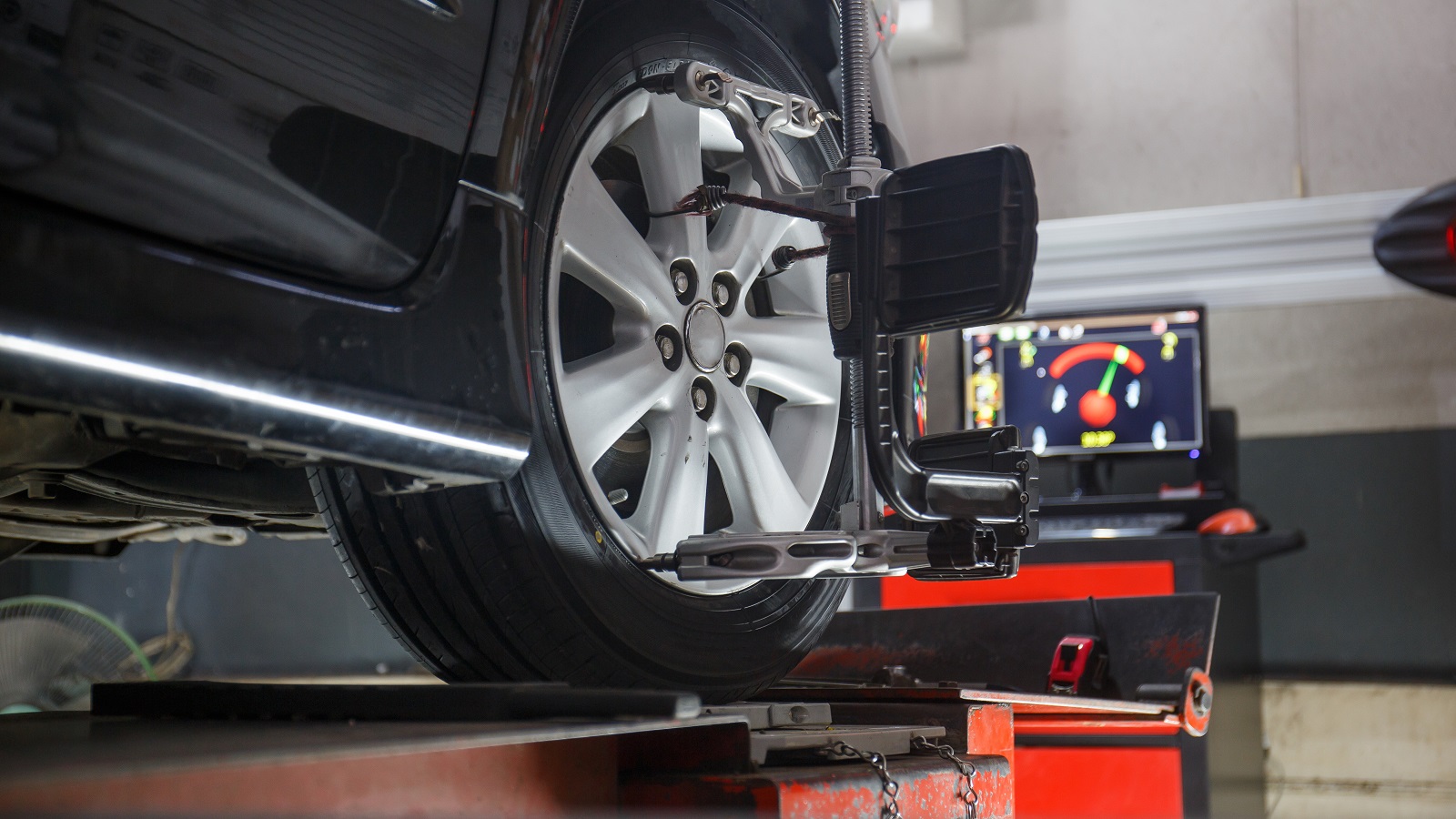
Image Credit: Shutterstock / WathanyuSowong
Misaligned wheels can cause your tires to wear unevenly, shortening their lifespan. If you notice your car pulling to one side or uneven tire wear, it’s time to get a wheel alignment. Proper alignment can add thousands of miles to the life of your tires.
5. Drive Smoothly

Image Credit: Shutterstock / AlessandroBiascioli
Aggressive driving, such as hard braking, quick acceleration, and sharp cornering, wears out tires quickly. The U.S. Department of Energy notes that smooth driving not only conserves fuel but also helps tires last longer. Gentle driving habits reduce stress on your tires, making them last longer.
6. Avoid Overloading Your Vehicle
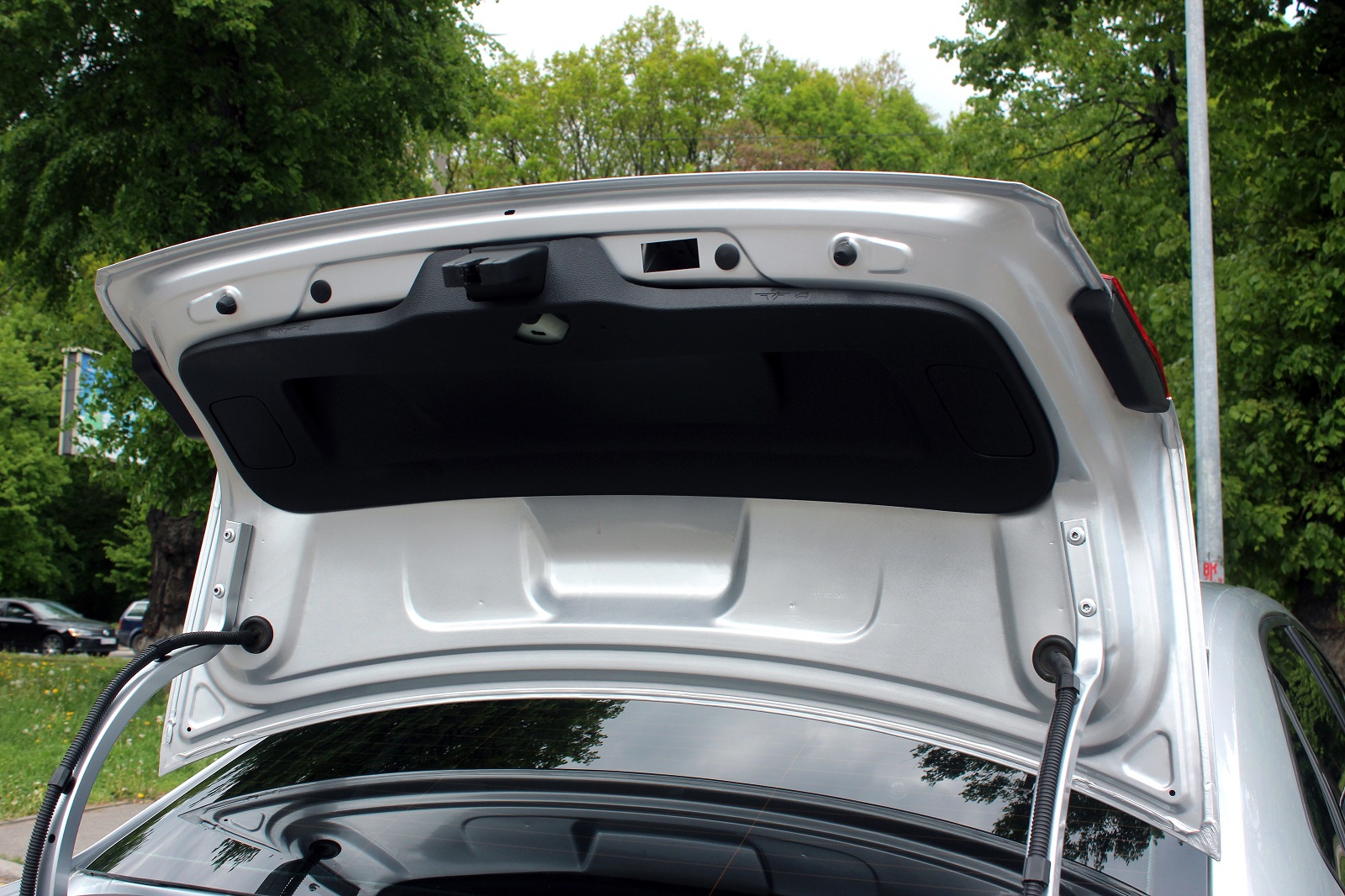
Image Credit: Shutterstock / Best Auto Photo
Overloading your vehicle increases the stress on your tires, leading to faster wear. Check your vehicle’s load capacity in the owner’s manual and avoid exceeding it. Excess weight can also affect your vehicle’s handling and increase the risk of a blowout.
7. Monitor Tire Wear Patterns

Image Credit: Shutterstock / UfaBizPhoto
Uneven wear patterns can indicate underlying issues like misalignment or suspension problems. Regularly inspect your tires for signs of uneven wear, such as bald spots or wear on one side. Catching these issues early can prevent further damage and prolong the life of your tires.
8. Use the Right Tires for the Terrain
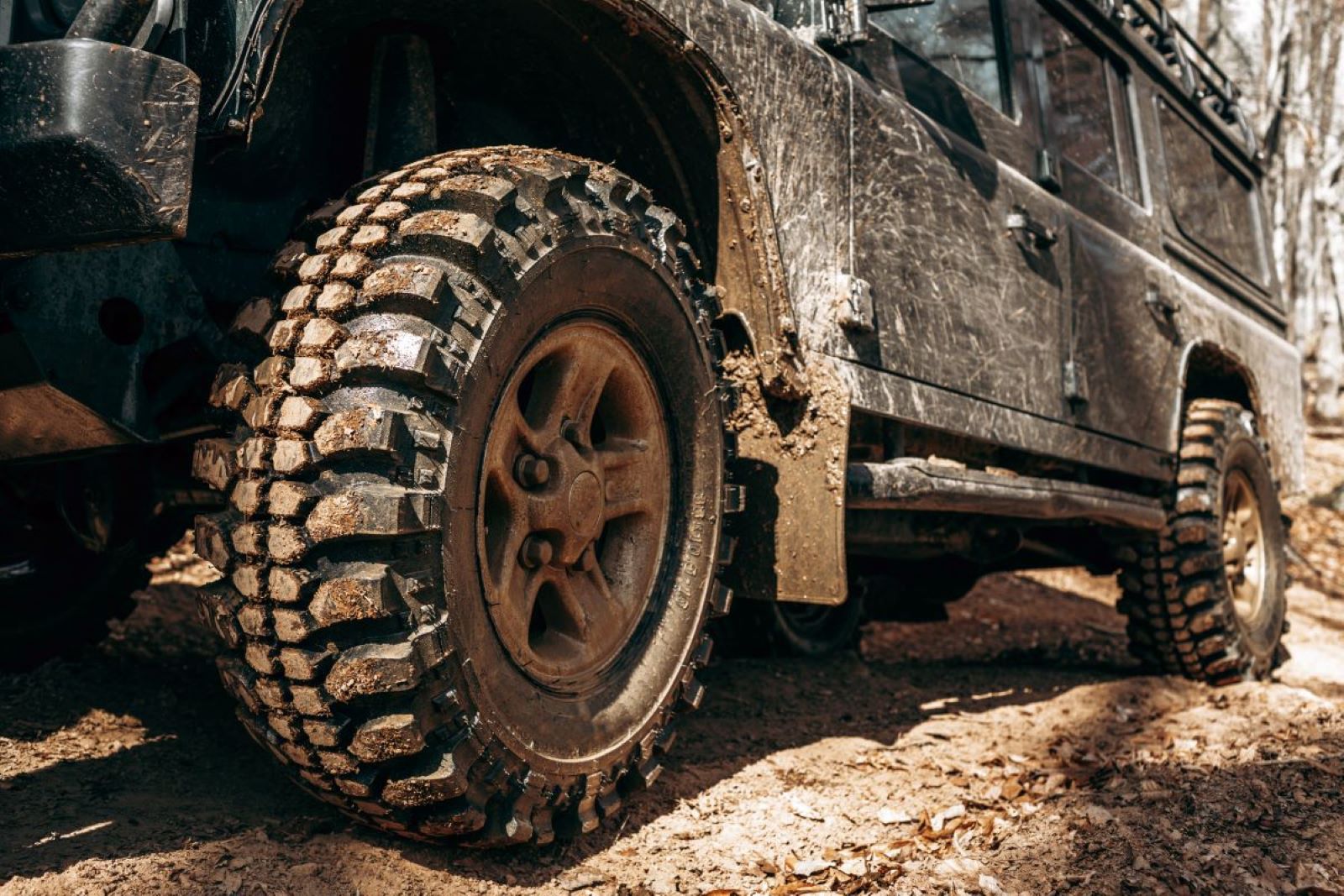
Image Credit: Shutterstock / FabrikaSimf
Using the right tires for the terrain you drive on is essential for maximizing tire life. For example, using all-terrain tires on paved roads can lead to faster wear, while street tires may not hold up well on rough terrain. Always choose tires designed for the conditions you’ll encounter most frequently.
9. Store Tires Properly
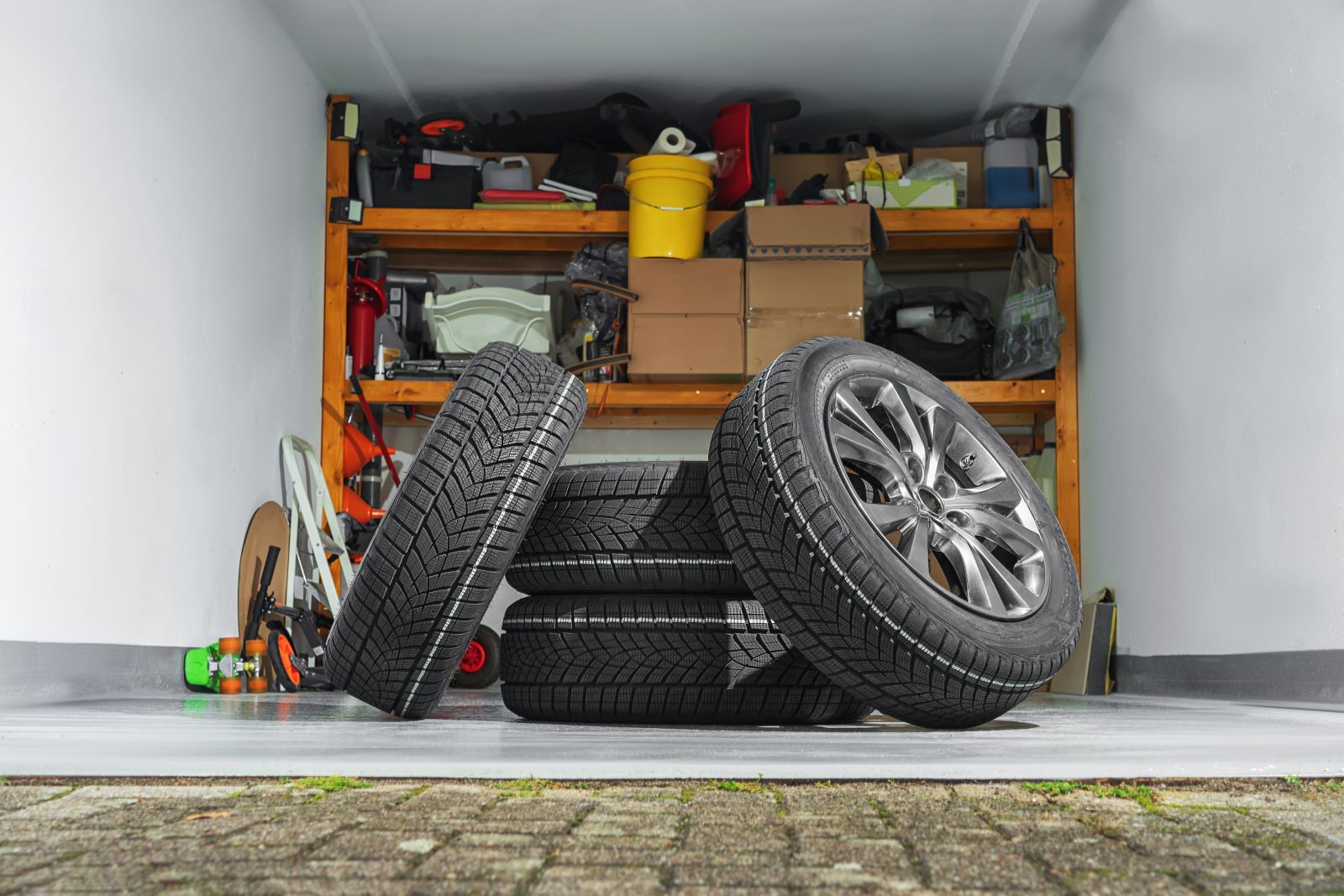
Image Credit: Shutterstock / Igor Link
If you store tires during the off-season, such as winter or summer tires, store them properly. Tires should be kept in a cool, dry place, away from direct sunlight and heat sources. Improper storage can lead to cracking and reduce the tire’s lifespan.
10. Check Tire Age
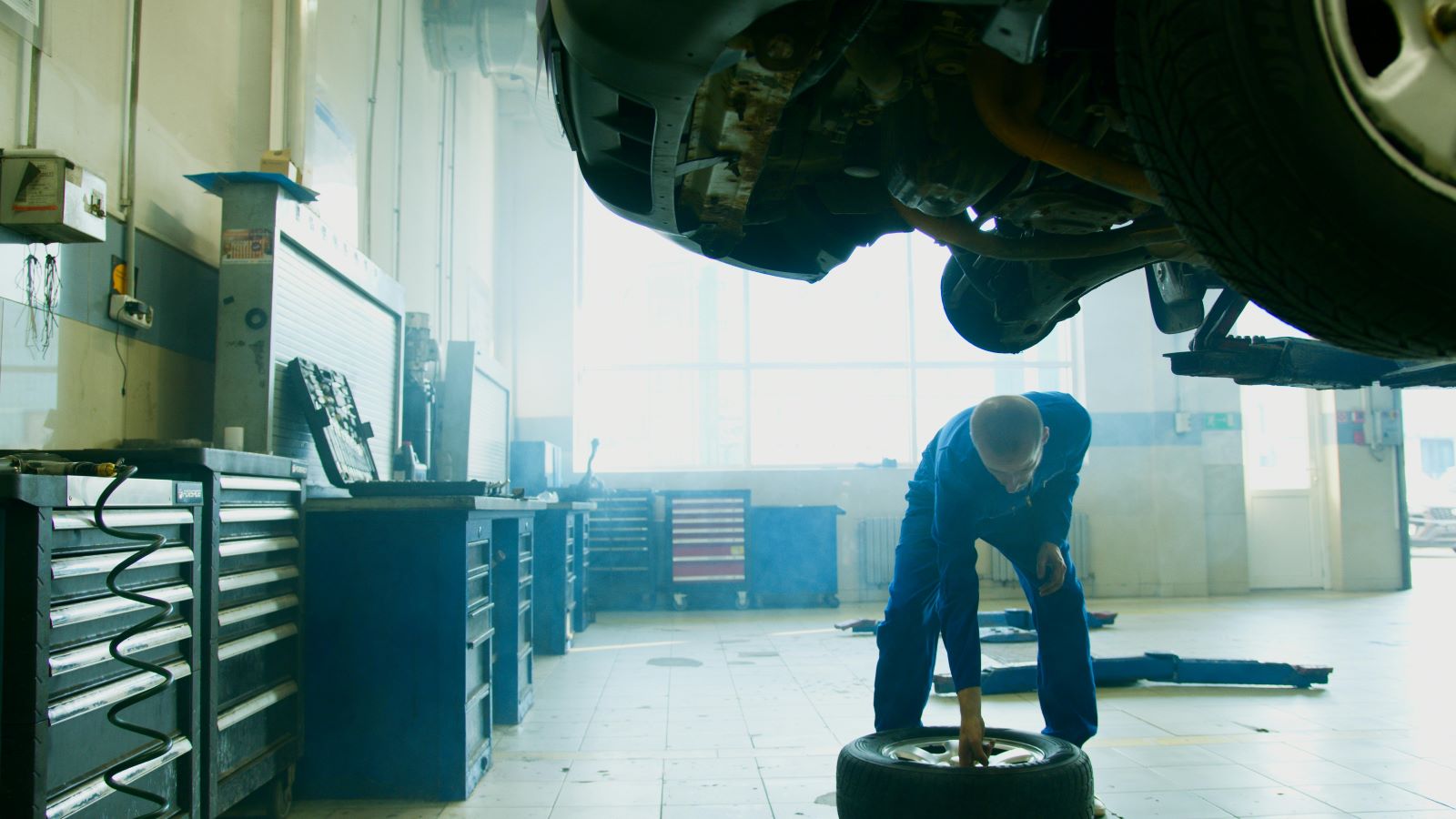
Image Credit: Pexels / Artem Podrez
Tires naturally degrade over time, even if they haven’t been used much. The Rubber Manufacturers Association recommends replacing tires every six to ten years, regardless of tread wear. Checking the tire’s manufacturing date can help you avoid using tires that are too old.
11. Avoid Potholes and Rough Roads
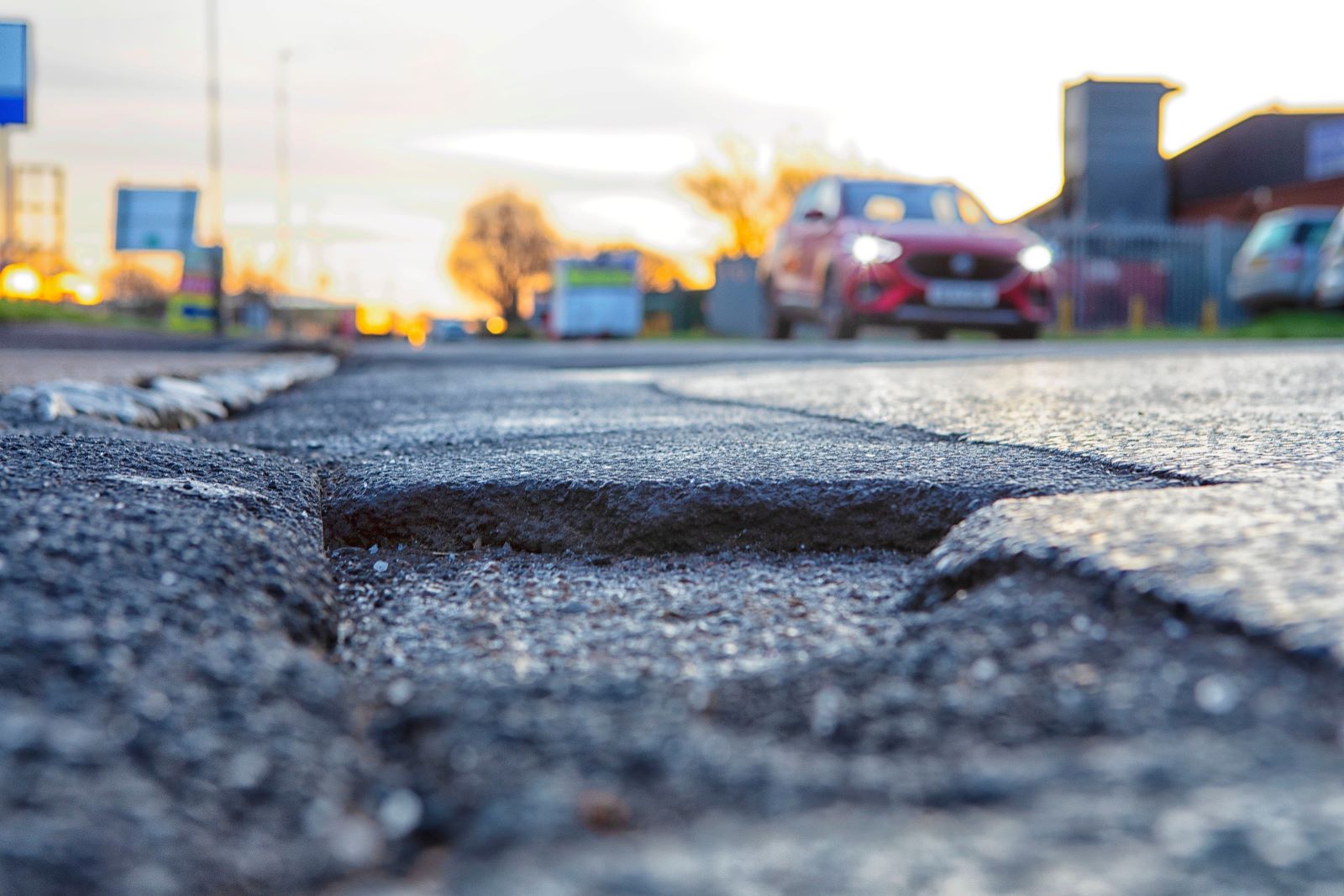
Image Credit: Shutterstock / David Michael Bellis
Potholes and rough roads can cause serious damage to your tires, including bulges, cuts, and uneven wear. If you frequently drive on rough terrain, consider investing in more durable tires designed to handle such conditions. Avoiding potholes and rough patches whenever possible will reduce tire wear.
12. Inspect Tires for Damage
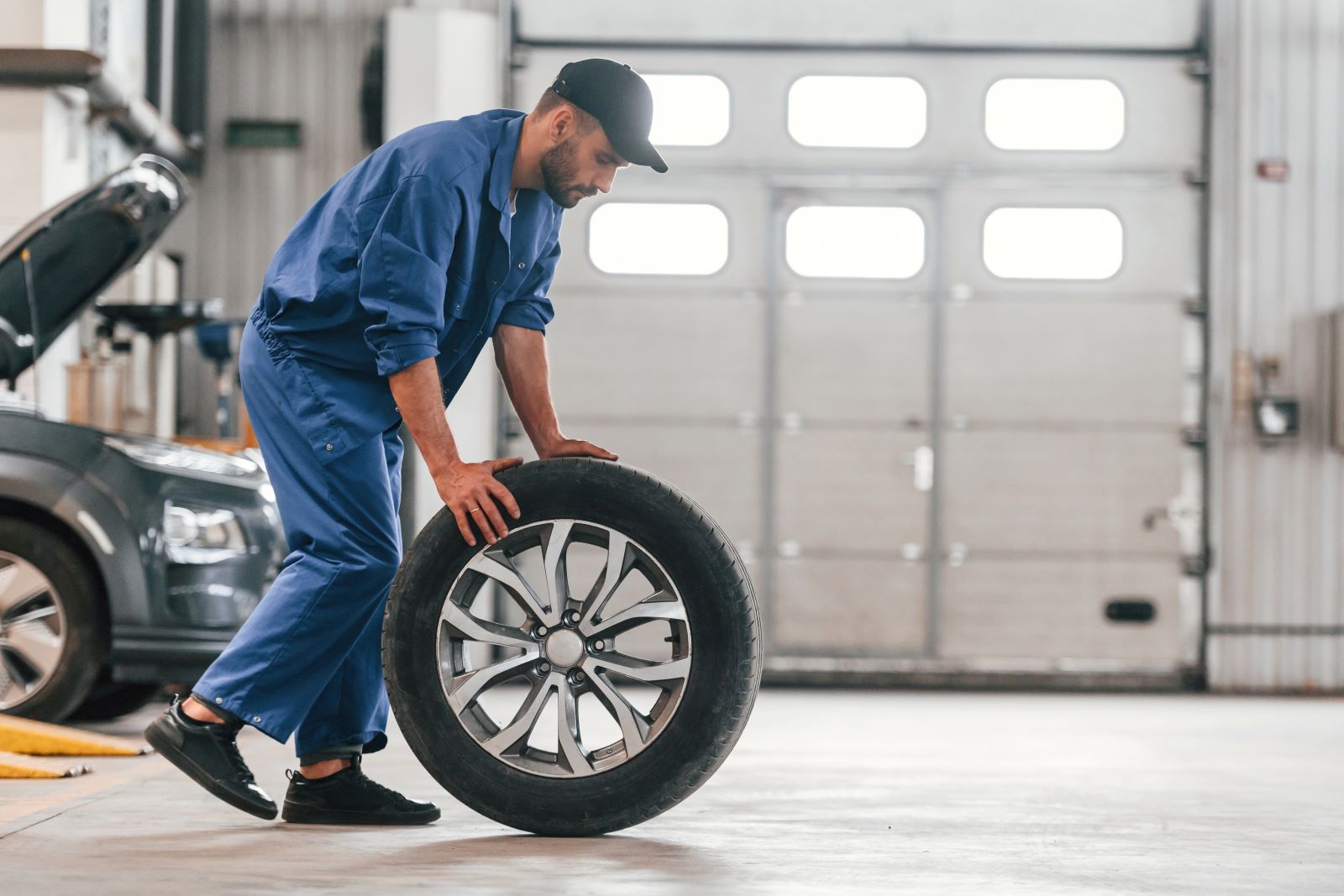
Image Credit: Shutterstock / Standret
Regularly inspect your tires for cuts, punctures, or embedded objects. Even small damage can lead to a slow leak or tire failure. Fixing small issues early can prevent more significant problems and extend your tire’s life.
13. Use Tire Sealants Carefully

Image Credit: Shutterstock / n_defender
Tire sealants can temporarily fix a flat, but overusing them can damage your tires and reduce their lifespan. Sealants can clog tire sensors and cause balance issues, so use them only as a last resort. Always have a puncture professionally repaired as soon as possible.
14. Check Tread Depth Regularly
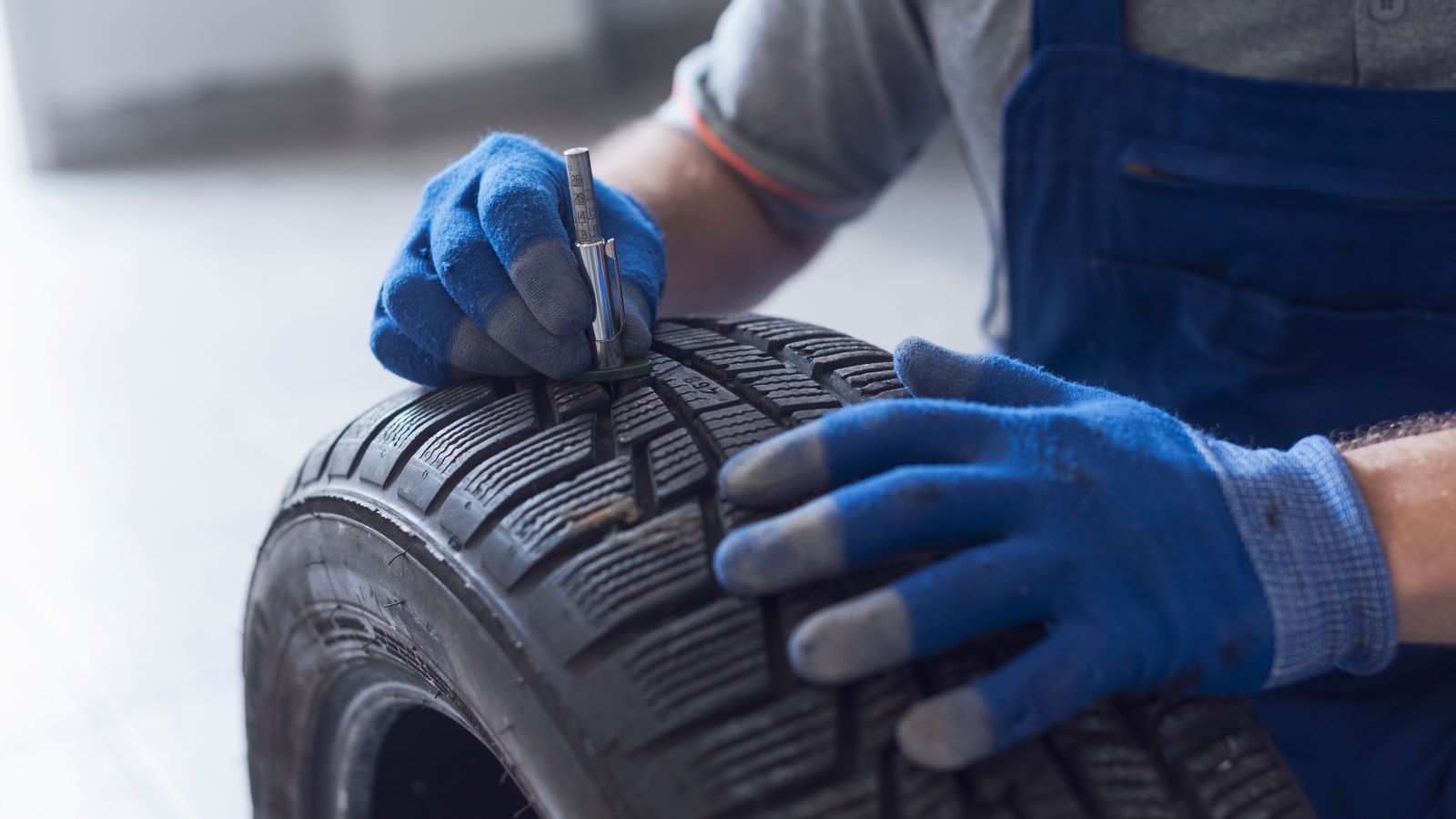
Image Credit: Shutterstock / Stokkete
Worn-out treads reduce traction and increase the risk of accidents, especially in wet conditions. The NHTSA recommends replacing tires when the tread depth reaches 2/32 of an inch. Regularly checking your tread depth with a gauge can help you stay ahead of tire wear.
15. Use a Quality Tire Cleaner
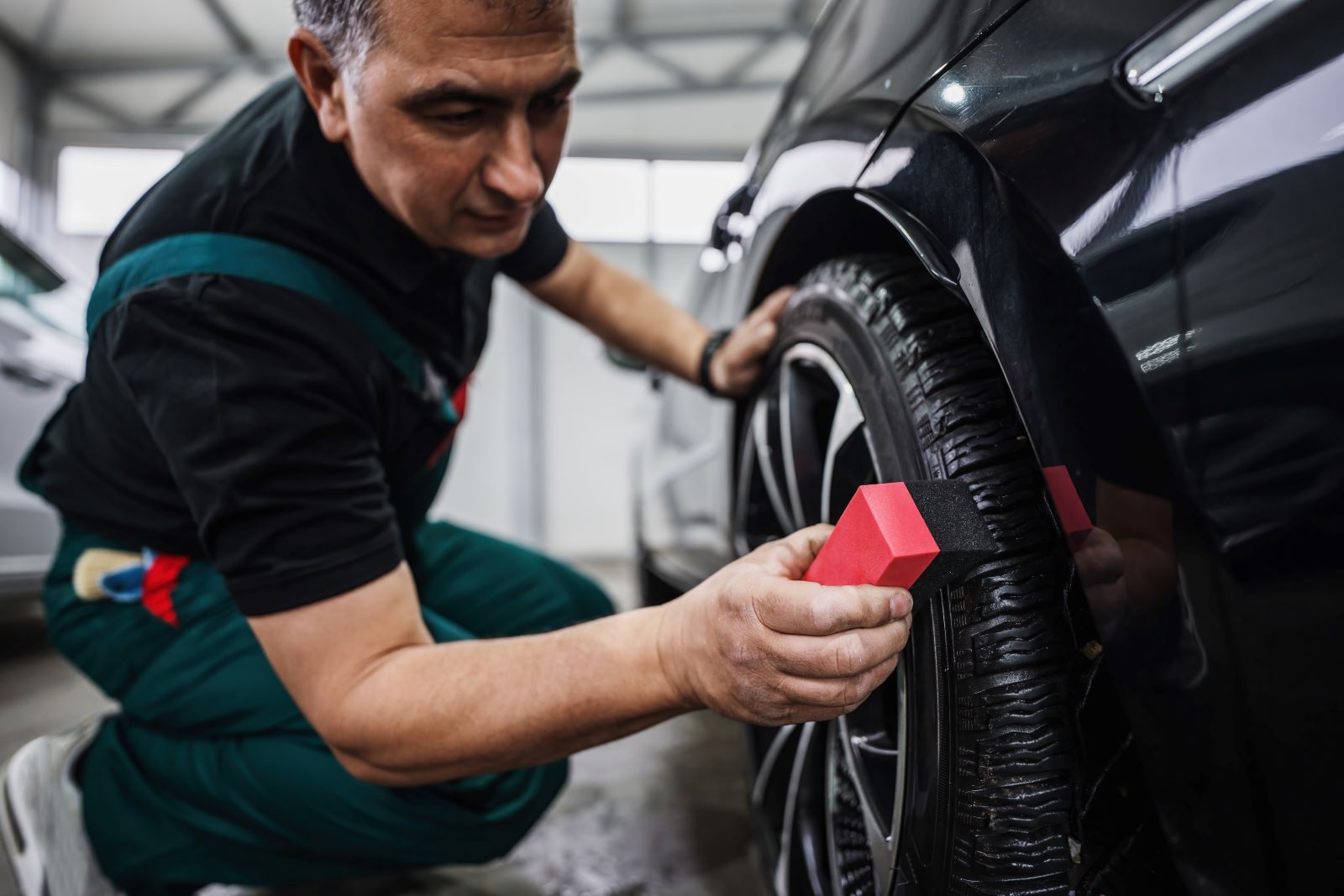
Image Credit: Shutterstock / DuxX
Using a quality tire cleaner helps maintain the rubber’s elasticity and appearance. Clean your tires regularly to remove dirt, grime, and road salt, which can degrade the rubber over time. A good tire cleaner can extend the life of your tires by protecting them from the environment.
16. Don’t Ignore Warning Signs
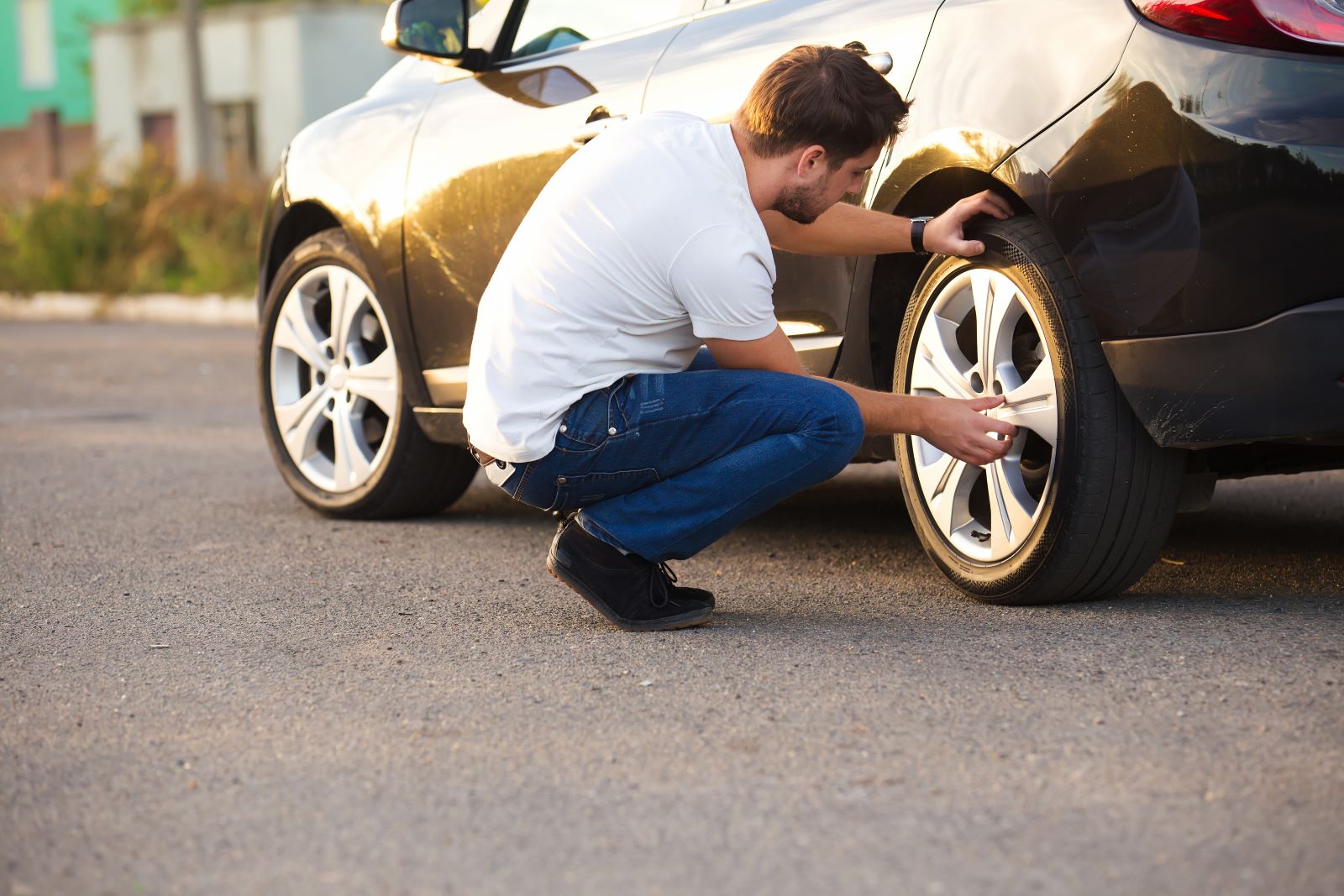
Image Credit: Shutterstock / kozirsky
If your vehicle’s tire pressure monitoring system (TPMS) alerts you to low pressure, don’t ignore it. Low tire pressure can cause overheating, leading to tire failure and reduced lifespan. Addressing warning signs promptly can prevent long-term damage to your tires.
Drive Smart, Save Money

Image Credit: Shutterstock / Dean Drobot
Tires are a crucial part of your vehicle, and taking care of them can save you money in the long run. By following these tips, you’ll not only extend the life of your tires but also improve your safety and fuel efficiency on the road.
Police Magnet: 7 Cars That Guarantee You’ll Get Pulled Over
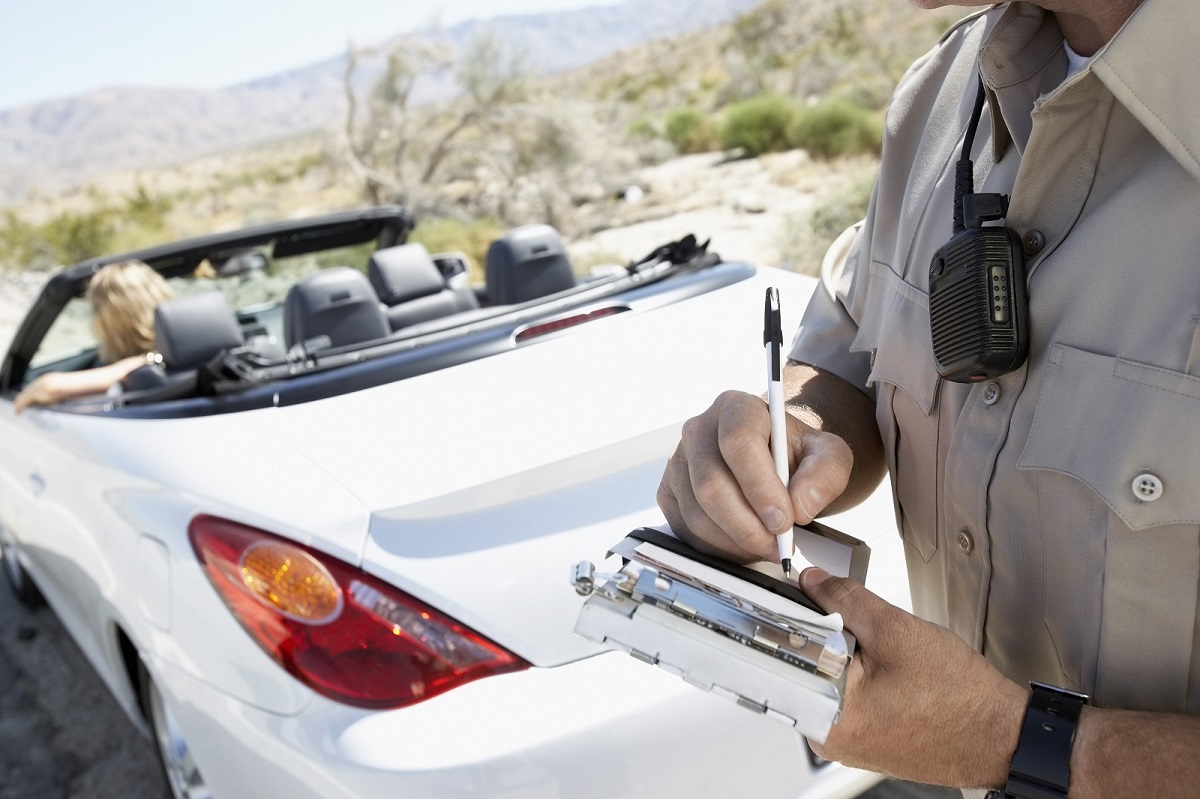
Image Credit: Shutterstock / sirtravelalot
Driving certain cars can make you more noticeable to law enforcement, even if you’re abiding by all the rules. Are you driving one of these “police magnets”? Here are seven cars that seem to attract more police attention than others. Police Magnet: 7 Cars That Guarantee You’ll Get Pulled Over
The Classic Cars That Were Total Clunkers

Image Credit: Pexels / Pixabay
Nostalgia has a funny way of making the past seem better than it was, especially when it comes to cars. But here’s the hard truth: some of those “classic” cars your dad raves about were real clunkers. Here’s a closer look at why some of those so-called “classics” weren’t all they were cracked up to be. The Classic Cars That Were Total Clunkers
The Worst U.S. Cars Ever Made: A Retro List

Image Credit: Pexels / Be The Observer
The U.S. auto industry has produced some incredible vehicles, but not every model was a hit. Here’s a look back at 16 of the worst cars ever made in the U.S., each infamous for its own unique flaws. The Worst U.S. Cars Ever Made: A Retro List
Featured Image Credit: Shutterstock / DuxX.
The content of this article is for informational purposes only and does not constitute or replace professional advice.
For transparency, this content was partly developed with AI assistance and carefully curated by an experienced editor to be informative and ensure accuracy.
The images used are for illustrative purposes only and may not represent the actual people or places mentioned in the article.
